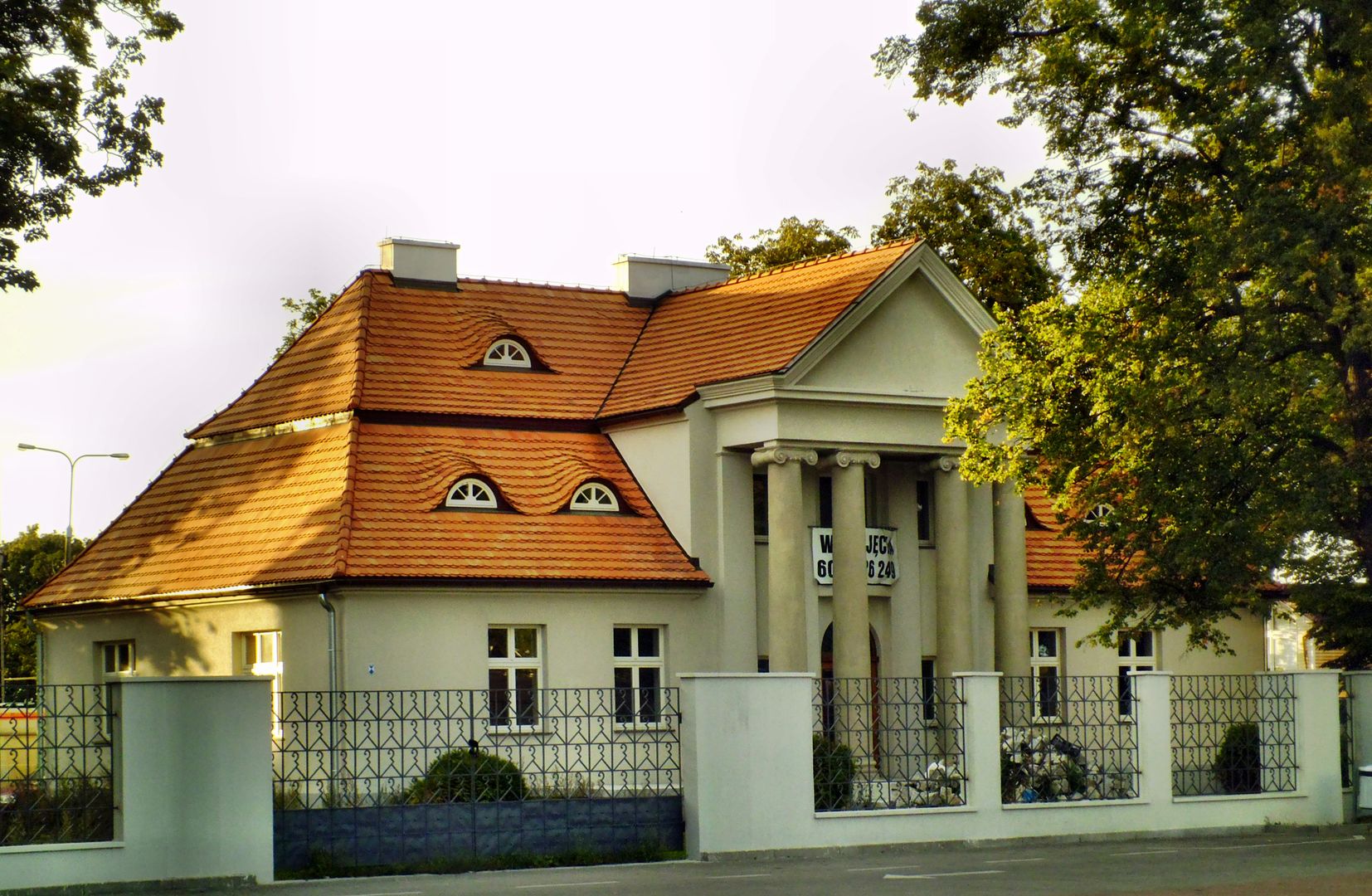Chylonia
6.98

Overview
Chylonia, the largest district of Gdynia in terms of population, inhabited by nearly 20,000 people (2023), is characterized by diverse architecture, including both apartment blocks and single-family homes. The history of Chylonia dates back to 1259, when it was first mentioned as "Kilona." In the Middle Ages, the village bore the name of the Gdańsk commander, Henryk von Rechter, and its name changed as a result of various partitions and occupations. Incorporated into Gdynia in 1930, the district still retains many 19th and 20th-century buildings, testifying to its historical significance. The center of Chylonia is focused around the intersection of Kartuska, Morska, and Chylońska streets, where the railway station, post office, and the "Chylonia" Department Store—the tallest residential and commercial building in this part of the city—are located. The historic center revolves around the Church of St. Nicholas, whose current form was built in the 19th century. The name Chylonia derives from the surname "Chyla," associated with the verb "chylić się" (to lean or bow). The district is actively managed by the District Board and Council, which support local initiatives and cooperate with city authorities. Chylonia also features numerous green areas, including Kiloński Park, established on the site of a former pond, and the Chyloński Forest, part of the Trójmiejski Landscape Park. The district boasts well-developed transportation, both road and rail, with a major hub at Gdynia Chylonia railway station and the Gdynia Leszczynki station. Chylonia is also home to educational institutions, including kindergartens, primary schools, a high school, and public libraries. An interesting fact is that the Church of St. Nicholas houses a historic wooden Pietà sculpture from the 14th century, considered the oldest movable religious artifact in Gdynia. The district also has a coat of arms that references the Chylonka River and former mills, as well as several monuments commemorating important local figures and events.
Location
Tickets
Powered by GetYourGuide
2025 Wizytor | All Rights Reserved